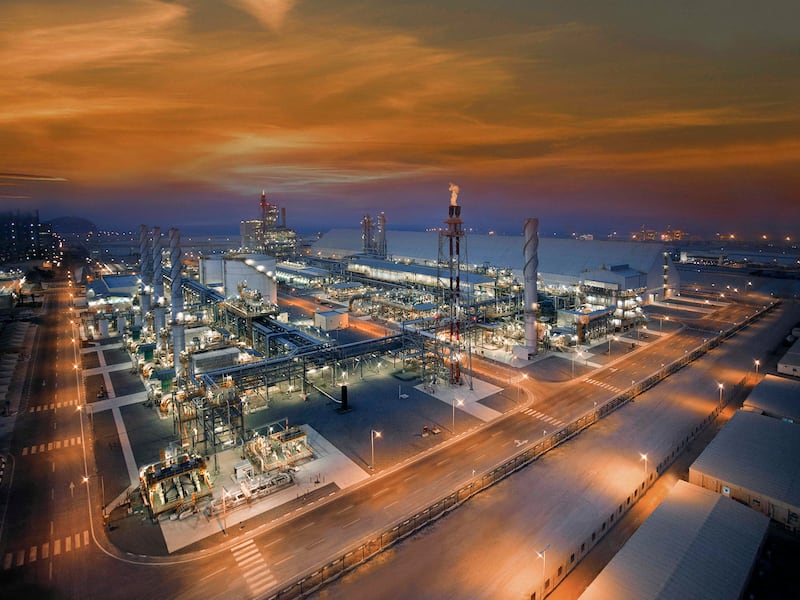Fertiglobe, the world’s largest seaborne exporter of urea and ammonia, has completed the first shipment of certified renewable ammonia that was produced at the company’s units in Egypt.
The shipped ammonia will go into the production of near-zero emissions synthetic soda ash, a key ingredient in laundry powder for Unilever, the company said on Monday in a statement to the Abu Dhabi Securities Exchange, where its shares are traded.
Produced at the company’s facilities in Egypt using renewable hydrogen from its pilot Egypt Green Hydrogen electrolyser, the ammonia was sent to Tuticorin Alkali Chemicals and Fertilisers, who will produce the soda ash for Unilever’s India business, Hindustan Unilever.
“This shipment is an important milestone for Fertiglobe, a breakthrough in producing and supplying renewable ammonia to the world, and for the ongoing execution of our hydrogen road map,” Ahmed El-Hoshy, chief executive of Fertiglobe and OCI Global, said.
“As a pioneer in renewable ammonia, we see immense potential in its ability to decarbonise industries and drive the global energy transition.”
Fertiglobe, a joint venture between Adnoc and Netherlands-listed OCI, produces about 6.7 million tonnes of urea and ammonia each year at four units in the UAE, Egypt and Algeria, making it the largest producer of nitrogen fertilisers in the Mena region.
The company is pursuing several sustainability projects, including the Egypt Green Hydrogen project in partnership with Scatec, Orascom Construction, the Egyptian Electricity Transmission Company, and the Sovereign Fund of Egypt, it said.
Once completed, the project will have the capacity to produce up to 15,000 tonnes per annum (tpa) of green hydrogen, serving as feedstock to produce up to 90,000 tpa of renewable ammonia at Fertiglobe’s units located in the Suez Canal Economic Zone in Egypt.
The company is also developing the Ta’ziz 1 million tpa low-carbon ammonia project, the low-carbon ammonia pilot in the UAE at Fertil and the green hydrogen project in the UAE.
Ammonia, a compound of nitrogen and hydrogen, can be used as a low-carbon fuel for industries including transport, power generation and steel, cement and fertiliser production.
Power plants could potentially use 100 million tonnes of low-carbon ammonia as feedstock by 2050, according to consultancy Wood Mackenzie.
It is also used to transport hydrogen over long distances.
Hydrogen is expected to become a critical fuel as economies and industries seek alternate options to transition to a low-carbon world.
"Looking ahead, we are committed to leveraging our state-of-the-art ammonia facilities and global distribution infrastructure to expand our low-carbon ammonia capacity to meet growing demand and further reduce the carbon footprint of our business," Mr El-Hoshy said.







